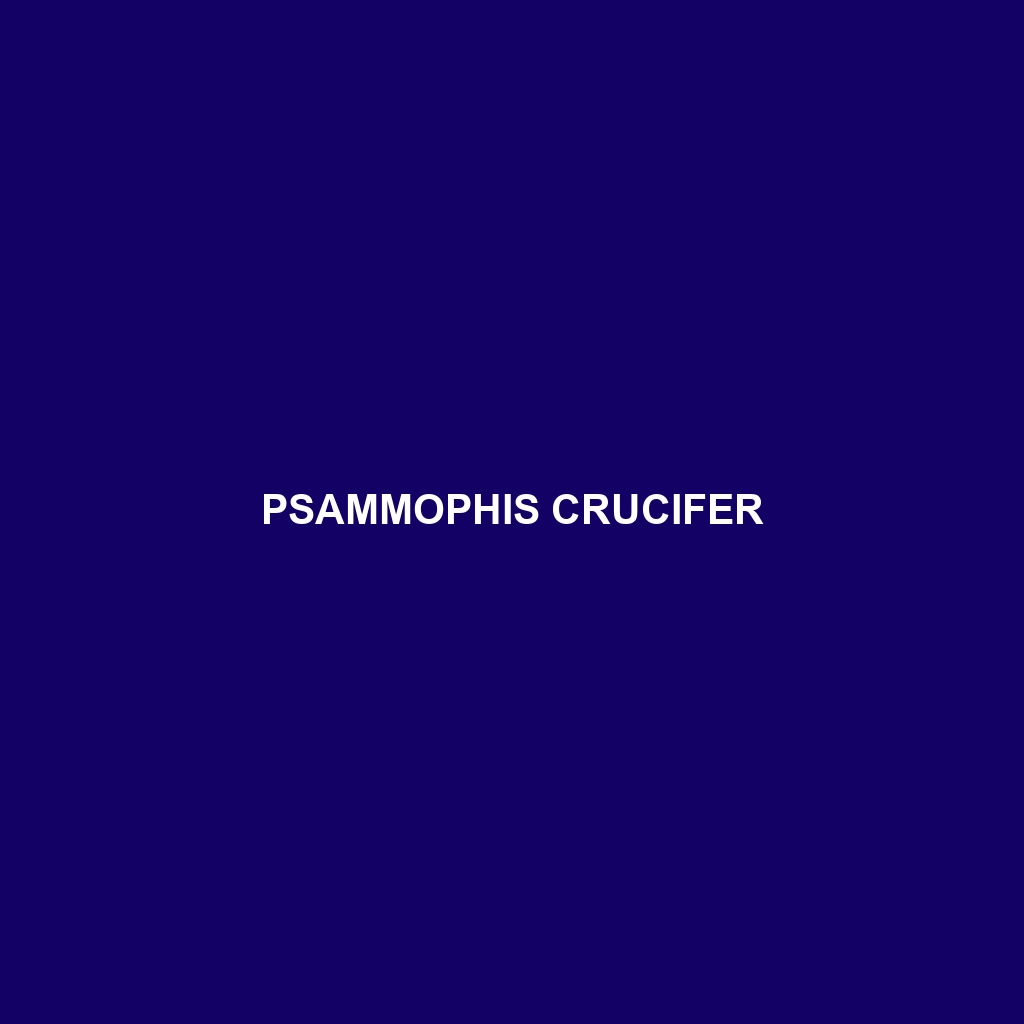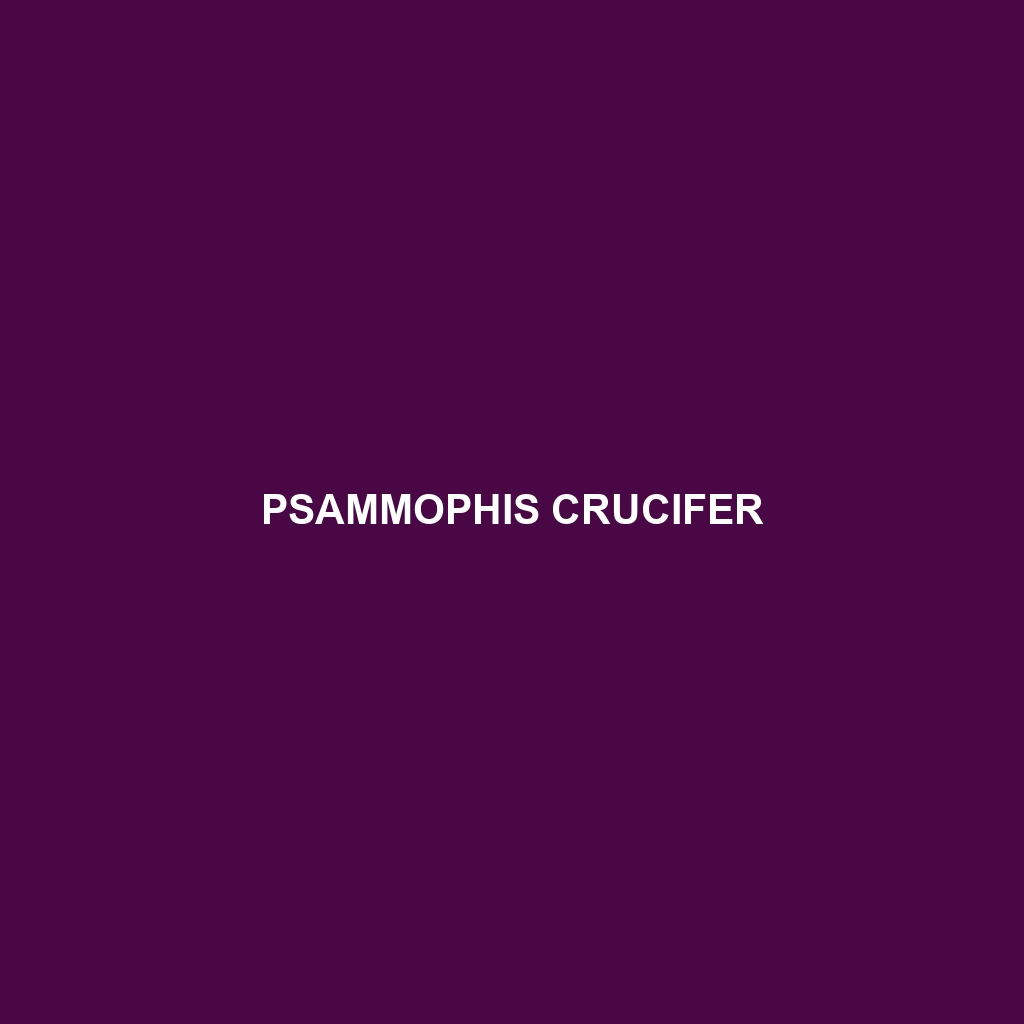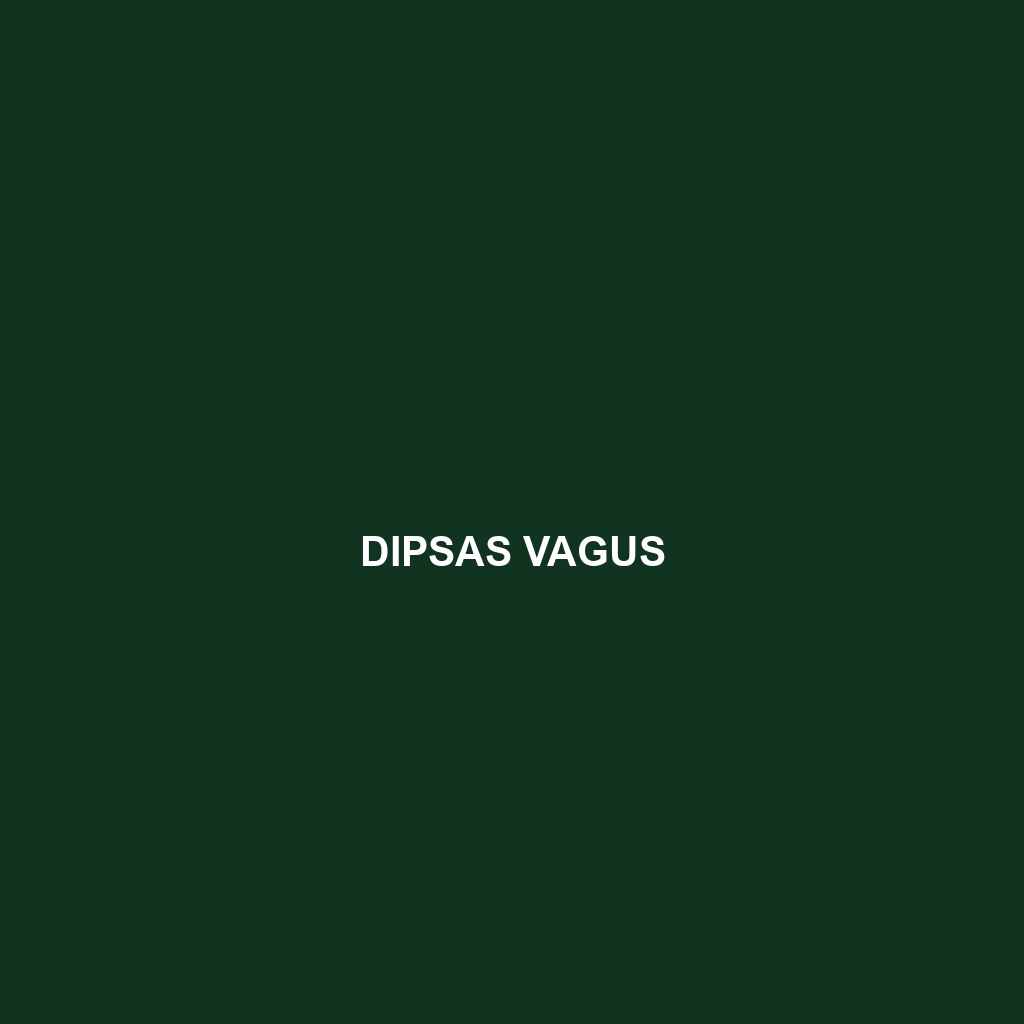<strong>Psammophis crucifer</strong>, commonly known as the <strong>Crossed Sand Snake</strong>, is a slender, diurnal snake typically measuring 70-90 cm long, adorned with pale yellow to beige scales and distinct dark cross-like bands. Thriving in a variety of habitats across eastern and southern Africa, it preys on insects and small vertebrates while playing a crucial role in maintaining ecological balance.
Tag: cryptic behavior
Pristurus somalicus
Introducing the Pristurus somalicus, a small to medium-sized lizard native to the rocky savannas of Somalia, characterized by its slender body and cryptic coloration that provides excellent camouflage. This insectivorous species thrives in harsh, arid environments and plays a vital role in controlling local insect populations, with an adaptable diet and unique behaviors that enhance its survival in the wild.
Psammophis crucifer
<strong>Psammophis crucifer</strong>, commonly known as the <strong>Crossed Sand Snake</strong>, is a slender, diurnal snake typically measuring 70-90 cm long, adorned with pale yellow to beige scales and distinct dark cross-like bands. Thriving in a variety of habitats across eastern and southern Africa, it preys on insects and small vertebrates while playing a crucial role in maintaining ecological balance.
Pristurus somalicus
Introducing the Pristurus somalicus, a small to medium-sized lizard native to the rocky savannas of Somalia, characterized by its slender body and cryptic coloration that provides excellent camouflage. This insectivorous species thrives in harsh, arid environments and plays a vital role in controlling local insect populations, with an adaptable diet and unique behaviors that enhance its survival in the wild.
Eirenis aurolineatus
The Eirenis aurolineatus, commonly known as the yellow-lined snake, is a slender, diurnal insectivore found in arid regions of North Africa and the Middle East, characterized by its distinctive yellow and brown bands that provide effective camouflage. This adaptable species plays a crucial role in controlling insect populations while contributing to the ecological balance in its habitat.
Dipsas vagus
Dipsas vagus, or Vagus Snake, a slender, non-venomous species native to tropical Central and South American rainforests, known for its brown and gray camouflage and a diet primarily consisting of slugs and snails. Classified as Vulnerable, this fascinating snake plays a crucial role in its ecosystem by regulating prey populations while employing cryptic behavior to evade predators.
Cercosaura hypnoides
Discover the Cercosaura hypnoides, or Hypnoides Worm Lizard, a small to medium-sized species thriving in the tropical rainforests of Central America. With its smooth, patterned scales and cryptic behavior, it plays a crucial role in controlling pest populations while occupying moist, shaded environments.
Cerastes gasperettii
Discover the Gasperetti's horned viper (Cerastes gasperettii), a striking nocturnal snake native to North Africa, known for its distinct horn-like projections, fascinating sidewinding locomotion, and ability to thrive in arid desert habitats. With a diet primarily of small rodents and lizards, this ovoviviparous species plays a vital role in maintaining ecological balance in its environment.
Atractus michaelsabini
<b>Atractus michaelsabini</b> is a striking snake native to the humid tropical forests of Colombia and Ecuador, known for its unique dark brown and yellow banding. This secretive, ovoviviparous species plays a vital role in its ecosystem by preying on small invertebrates and amphibians while facing threats from habitat loss, currently listed as 'Vulnerable' on the IUCN Red List.









